Similar to Gritty Mix?
Grace Lim
5 years ago
Featured Answer
Comments (45)
Related Discussions
The gritty mix failed this plant!! My mistake:-(
Comments (3)Yup, learned this about Turface the hard way myself. When looking at the stuff it is virtually impossible to appreciate just how much water it holds. It looks like tiny rocks and is easy to think it would have a similar water retention. I actually use it in bark based mixes in place of sphagnum peat moss. In other words I use it (unscreened) to increase water retention. I made something similar to the gritty mix using unscreened Turface and in some cases Napa Floor Dry for my citrus trees this year and guess what? It's *still* too water retentive LOL. I thought the bark:turface mix I started with was too water retentive for my climate and the fact these trees spend months indoors over the long Wisconsin winter so I went to the gritty mix, but bypassed the labor of screening the Turface. Guess what I will need to do next year? LOL One of these years I will get it right....See MoreDesert Rose with Al's gritty mix
Comments (26)Hi Rick!!!! Nice to see you!! I agree that I have had wonderful results with this mix.. So many trees have been helped with what I have learned, but which pics? ;-) Al.. " ye of little faith .." HA! That made me smile because it is true... If you don't try, you will never know. So, with that said.. I had to go find a few pics for you Kadie!!! I hope these are what you would like to see... The first picture is my Adenium in the container from the nursery before I repotted it in the Gritty Mix.. Look at how compacted the soil is... It looks like a brick, it felt like a brick when I took it from the container and bare rooted.. Yes... It is the same Adenium!! ;-) This is after a few years in the Gritty Mix after lifting a few times... I lift the Caudex every two years or so... Here is another pic after another lift in the Gritty Mix... I think it really likes the mix it is in... ;-) Hope this helps... Laura...See MoreAl's gritty mix: Silica sand vs Napa Foor dry
Comments (4)I also got a ridiculously huge bag of turface from amazon. After going through the whole bag (sifting took forEVER) I substituted pumice instead and that works just as well. It's pricey but I have less than a hundred pots and most of them are tiny (mostly haworthias and slow-growing cactus). Other than coleus, a few mesembs and a giant pot of night-blooming jasmine, everyone else thrives in various versions of the gritty mix, tweaking just the tree bark to conform to how often I want to water anything which is my personal determining factor. Here's the odd, unrelated bit: peat moss becomes hydrophobic when it dries completely, right? I had this happen to a pot of crassula that I forgot to repot. When peat moss desiccates, it takes hours of soaking to revivify it. So if you just pour water on it, its actually fantastic for keeping a plant from getting over-watered! I am betting, though, that this stuff will break down and fail faster. I am also betting this will not work indoors in the winter because the peat will not dry out fast enough to keep succulent roots from choking. But I'm keen to see. Pagan...See MoreUnhappy aloe, browning and curling leaves..
Comments (1)I would dump it out, see if any roots are alive, and if so, there is still hope. I personally plant aloes in a much more water - retentive mix than 'gritty mix', though some aloes do do well in that sort of mix. Aloes, particularly this time of year, can be very thirsty plants, tolerating, if not even loving, daily water (mine are planted in a clay soil and it can rain daily on them and they seem to love it... sadly not all like this sort of situation, but the large majority sure do)....See MoreGrace Lim
5 years agoGrace Lim
5 years agoGrace Lim
5 years agoGrace Lim
5 years agoGrace Lim
5 years agoGrace Lim
5 years agoGrace Lim
5 years agolast modified: 5 years agoGrace Lim
5 years agoSophia Elizabeth
5 years agoGrace Lim
5 years agolast modified: 5 years agoGrace Lim
5 years agoDennis
5 years agorina_Ontario,Canada 5a
5 years agolast modified: 5 years agoDennis
5 years agoBernard Chia
4 years agotapla (mid-Michigan, USDA z5b-6a)
4 years agoWMS Lee
4 years agoGrace Lim
4 years agoWMS Lee
4 years agoGrace Lim
4 years agopixiek0908
4 years agorina_Ontario,Canada 5a
4 years agotropicofcancer (6b SW-PA)
4 years agoWMS Lee
4 years agopixiek0908
4 years agolast modified: 4 years agoWMS Lee
4 years agorina_Ontario,Canada 5a
4 years agolast modified: 4 years agopixiek0908
4 years agolast modified: 4 years agorina_Ontario,Canada 5a
4 years agolast modified: 4 years agopixiek0908
4 years agolast modified: 4 years ago
Related Stories

HOUZZ TOURSMy Houzz: Travel, Art and Creative Layering Mix in Vancouver
Personality reigns in this eclectic Canadian waterfront home, thanks to the owners' artistic approach
Full Story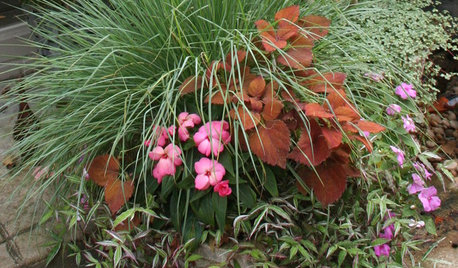
CONTAINER GARDENSContainer Garden Basics: Mix Textures to Catch the Eye
A mix of textures makes for potted gardens where each plant has a special role to play
Full Story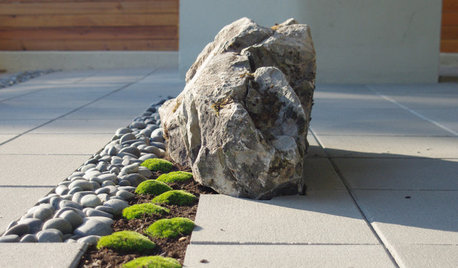
LANDSCAPE DESIGNDare to Mix Things Up in the Landscape
Courageously contrast plantings, materials and structures in your garden to create unexpected beauty and intrigue
Full Story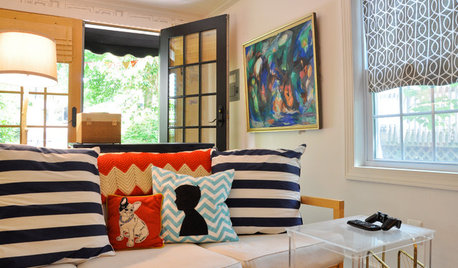
PATTERNMix Pillow Patterns Like a Pro: 17 Foolproof Themes
Toss together one of these helpful pattern mixes for a sofa, chair or bed bursting with liveliness
Full Story
METALHow to Rock a Mixed-Metal Decor Palette
Looking to make your decor shine? Follow this guide to expertly combine gold, brass and silver accents
Full Story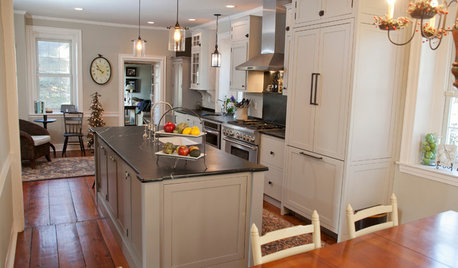
KITCHEN DESIGNNew and Old Mix It Up in a Historic Farmhouse Kitchen
A couple rethink the kitchen in their Pennsylvania farmhouse to restore authenticity while also creating a space for modern living
Full Story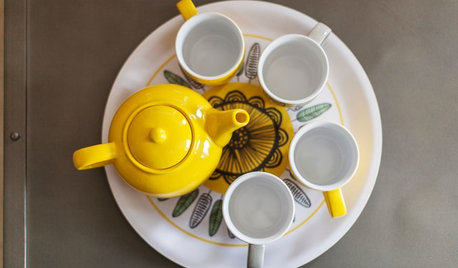
HOMES AROUND THE WORLDHouzz Tour: Gray and Yellow Mix It Up in a London Apartment
A neutral palette gets a jolt of energy from sunny accessories and witty artwork in this new unit in an industrial area
Full Story
DECORATING GUIDESHow to Mix Colors and Make It Work
Don’t want to confine yourself to neutrals but lack the confidence to embrace colors? Check out this pro advice
Full Story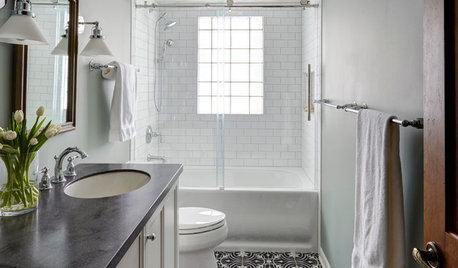
BATHROOM MAKEOVERSRoom of the Day: A Moroccan, Traditional and Industrial Mix
In Illinois, a 52-square-foot hall bathroom gets a lovely transitional look
Full Story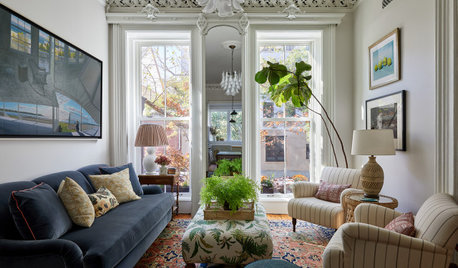
PATTERNHow to Mix Patterns Like a Pro
See which combinations of stripes, geometrics, florals and more work best to give a personality boost to your rooms
Full StorySponsored
Your Industry Leading Flooring Refinishers & Installers in Columbus



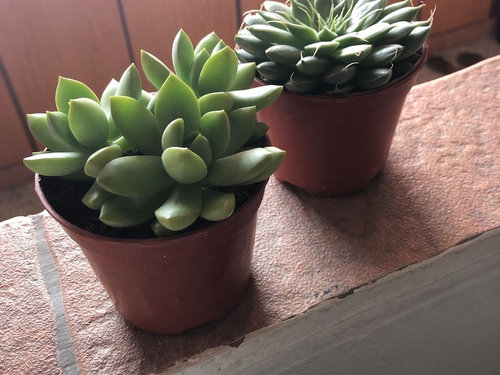
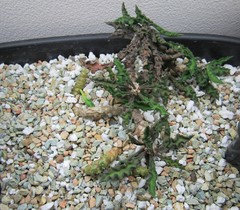
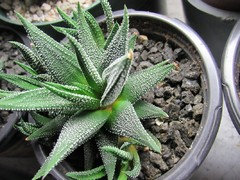


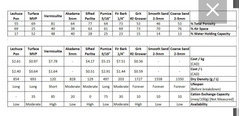




mesembs